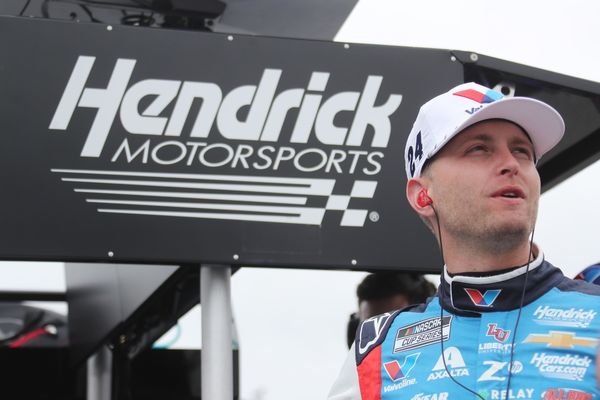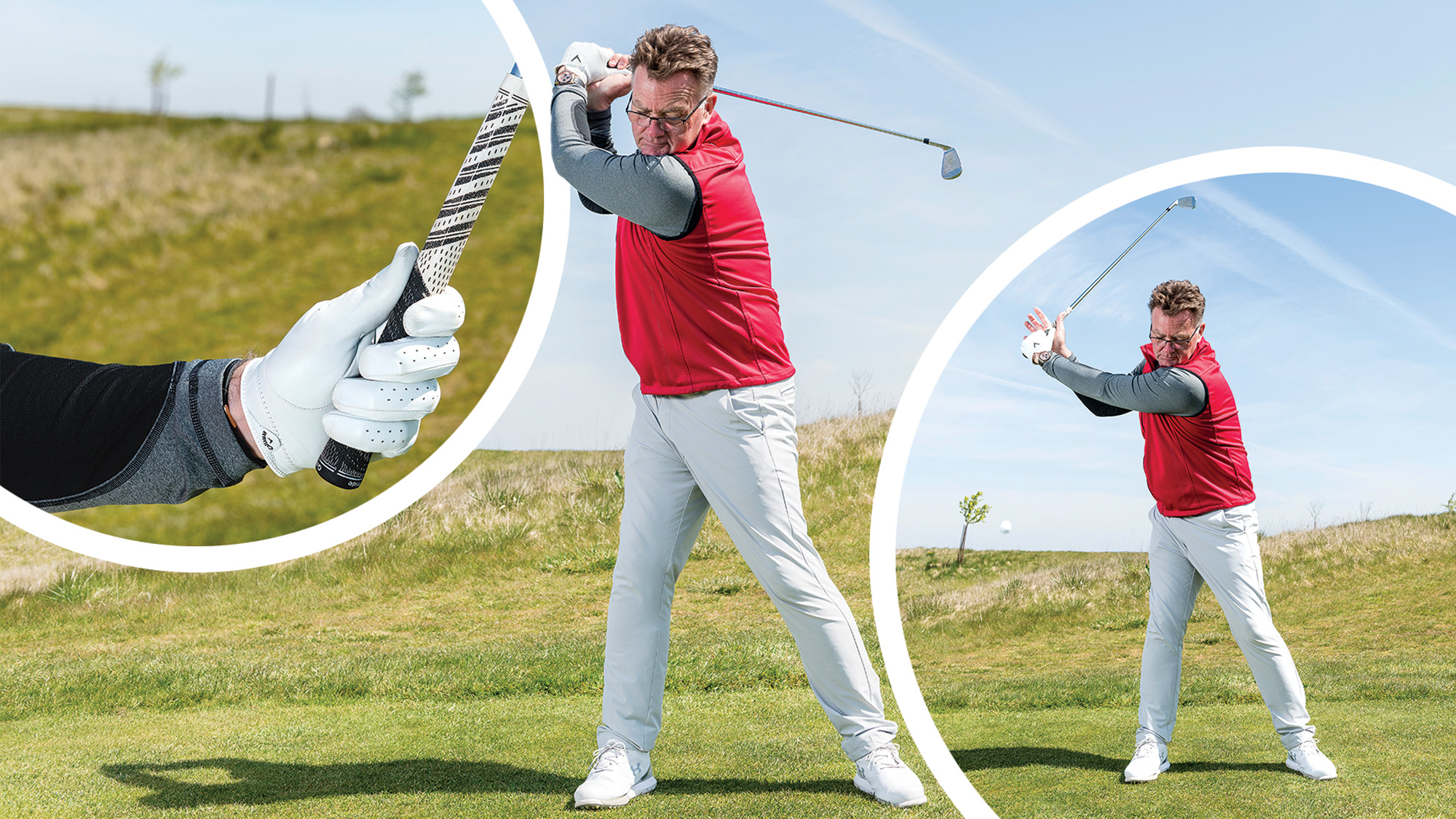
An overswing is something many amateur golfers struggle with, but perhaps don't quite understand where it comes from and how destructive it can be to their game.
Learning how to stop overswinging can help to unlock untapped power, transform your ball striking and limit costly errors on the golf course.
In this article, PGA Pro and Golf Monthly Top 50 Coach John Jacobs shares the root causes and some simple strategies to cure your overswing in golf...
What is an overswing in golf?
An overswing is when you take the club too far back in the backswing, allowing it to travel past past parallel (to the ground) at the top. This causes some players to get a little steep in their swing and will almost certainly cost you in terms of distance.
Some great players in the game were famously very successful with an overswing, like two-time Major Champion John Daly, but for most amateur golfers an overswing will lead to inconsistent ball striking and erratic scoring.
Overswing In Golf: The Cause And The Cure
People who tend to overswing lose the concept of how far the club travels in the backswing and think it’s neutral at the top or going back to the right position. A good way to remedy things is to try and feel that your left arm is travelling to no further than parallel from the ground. Swinging to what you feel is a half or three-quarter backswing length will often actually get you swinging to the correct length.
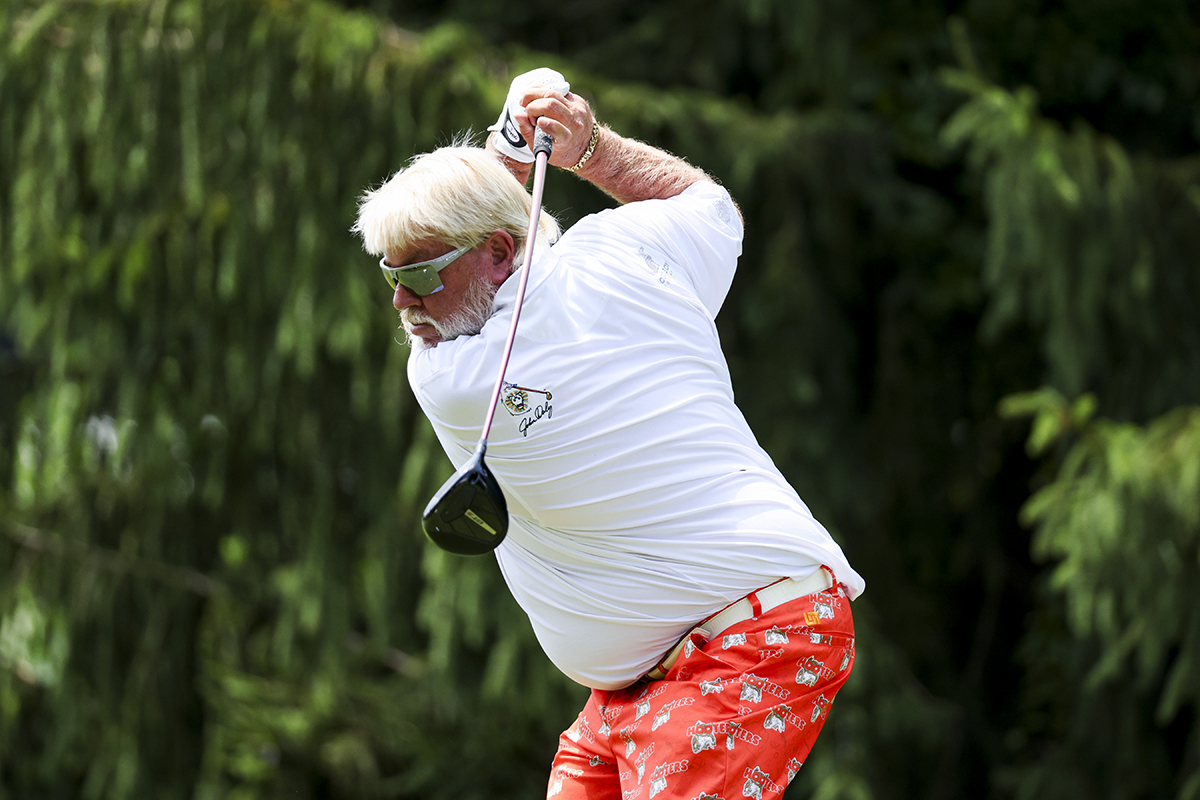
Having a poor hold on the club can also lead to an overswing. Aside from working on the perfect golf grip, one of the best things you can do is to shorten your left thumb to help support the club more. The tip of your thumb should be about half to three-quarters of an inch away from the tip of the knuckle on your forefinger. People who wear a hole in the thumb of their glove are often overswingers who have their left thumb too flat, so it just gives way at the top.
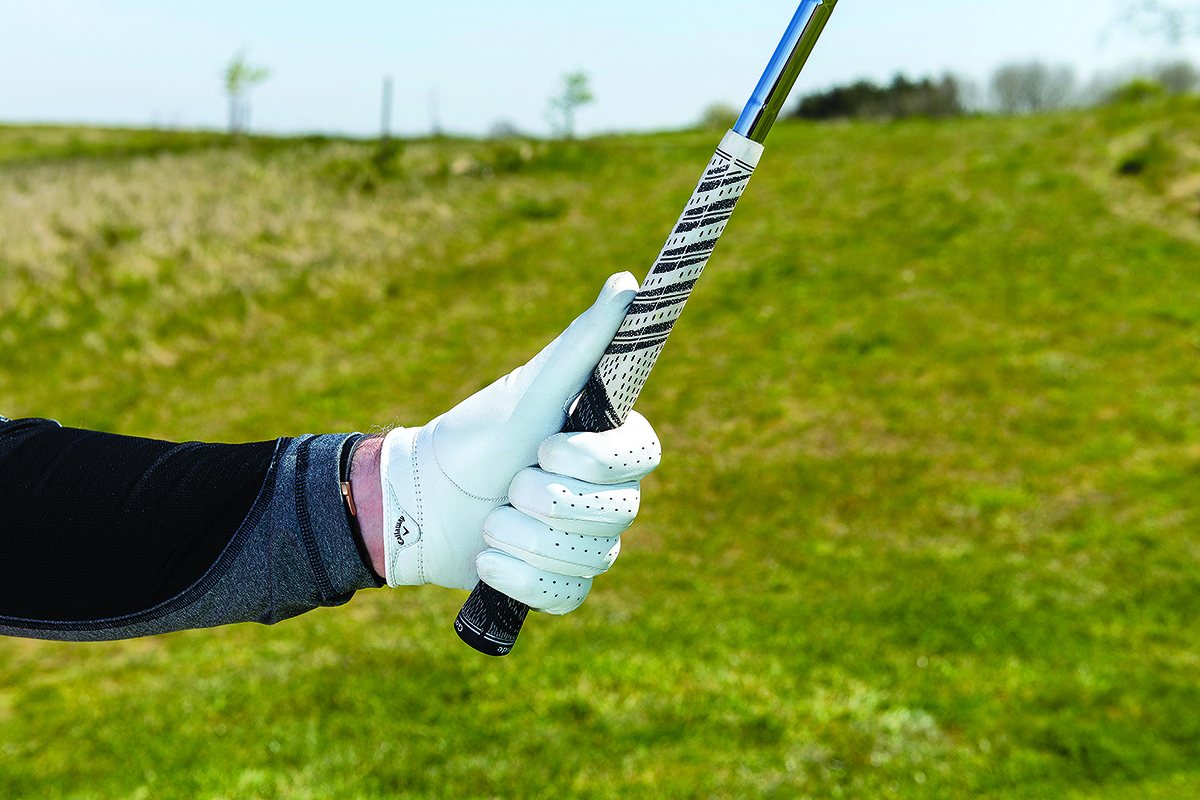
Understanding how to get a straight left arm in your golf swing is very important, as too narrow a backswing can also cause an overswing - with the left arm folding at the top rather than extending.
You need to swing as far to the right as you can without swaying your upper body. If you were to drop a golf ball from your hands as your backswing nears the top, as here, it should fall some way from your foot as you create lots of width, rather than close to it if everything is too narrow and your left arm has collapsed.
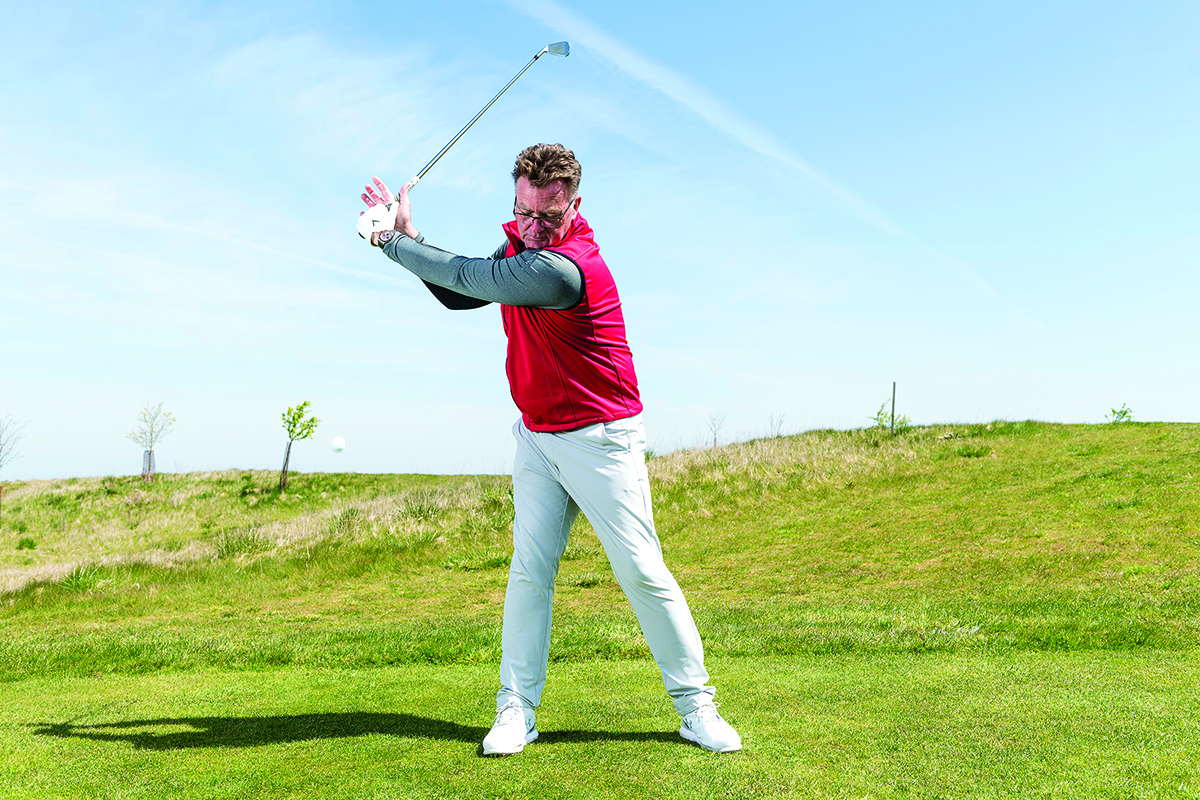
What does feel vs real mean in golf?
When you hear the phrase 'feel vs real' in golf, it refers to the difference between what you feel you are doing in the golf swing in comparison to what is actually happening. Understanding the difference can help to supercharge your progress, so try filming your golf swing to get a better idea of what is really happening at each stage.
As PGA Pro John Jacobs says:
"It’s all about feel rather than real. If you’re overswinging, what feels like just a half swing to you will almost certainly look like a full swing to others."




